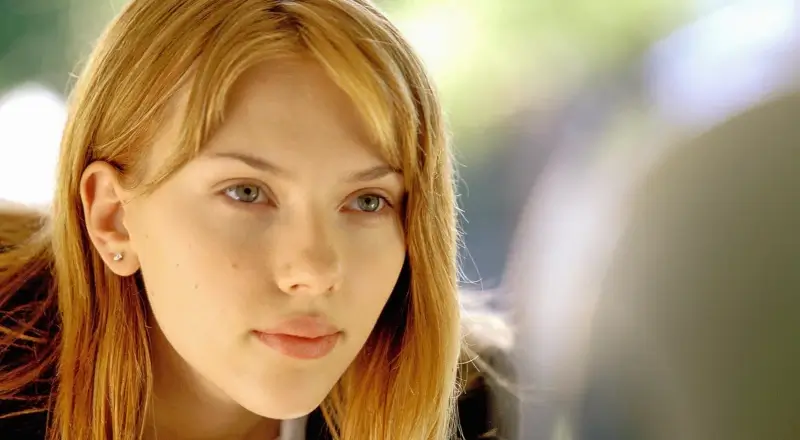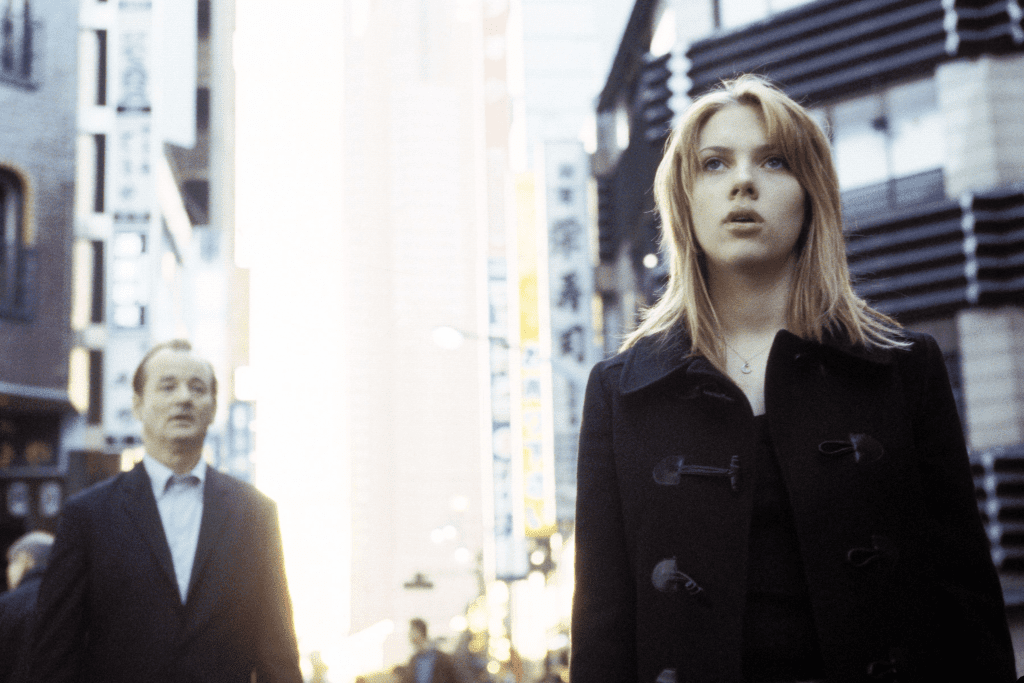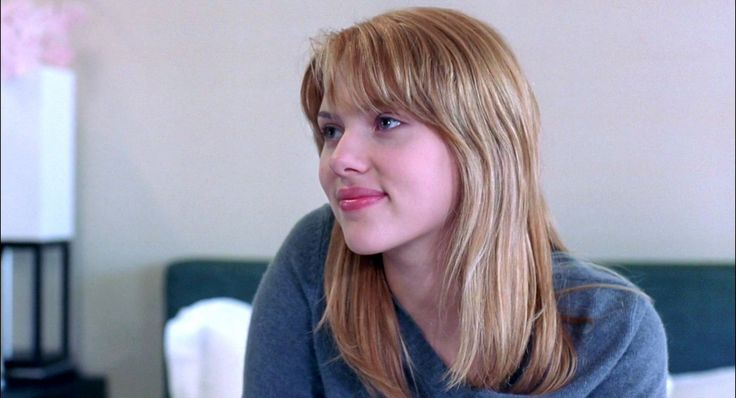When Lost in Translation hit theaters in 2003, it wasn’t just another indie film—it became a cinematic landmark. And at the heart of it was Scarlett Johansson, who delivered a quiet, yet emotionally resonant performance that redefined her career. Directed by Sofia Coppola, this film tapped into themes of loneliness, cultural displacement, and the quiet yearning for human connection. Johansson’s portrayal of Charlotte, a young woman adrift in Tokyo, was nothing short of captivating—and it still resonates with viewers today.

Charlotte: A Character Built on Nuance and Emotion
Scarlett Johansson was just 18 when she took on the role of Charlotte, but her portrayal showed emotional intelligence far beyond her years. Charlotte is in Tokyo, accompanying her photographer husband, who’s too absorbed in his work to notice her growing sense of detachment. Alone in a foreign city, Charlotte navigates her feelings of isolation, longing, and quiet introspection—emotions Johansson captures with absolute finesse.
Her performance doesn’t rely on dramatic monologues or flashy scenes. Instead, she speaks through the silences—the subtle changes in expression, the far-off gazes, and the way she moves through each frame. That’s what makes her performance so powerful—it feels real.
Video: Lost in Translation | Scarlett Johansson & Bill Murray’s Wild Night in Tokyo
A Chance Encounter That Changes Everything
The emotional arc of Lost in Translation centers on the unexpected friendship between Charlotte and Bob Harris, played by Bill Murray. Bob is an aging American actor in Tokyo to shoot a commercial, and he’s battling his own personal demons. The connection between Charlotte and Bob isn’t romantic in the traditional sense—it’s rooted in shared vulnerability.
Their relationship unfolds slowly. They share quiet conversations in hotel lounges, wander Tokyo’s neon-lit streets, and bond over sleepless nights. Johansson brings warmth and empathy to Charlotte, making the character deeply relatable. Their chemistry is subtle, not showy—but it’s this understated connection that draws audiences in and keeps them hooked.
A Visual and Emotional Journey Through Tokyo

Sofia Coppola’s direction plays a vital role in elevating Johansson’s performance. Rather than pushing a fast-paced plot, Coppola focuses on atmosphere—letting Tokyo’s urban sprawl and quiet temples serve as emotional backdrops. This gives Johansson the space to explore Charlotte’s emotional range.
Scenes like Charlotte looking out of her hotel window or wandering through a Japanese garden don’t have dialogue, yet they speak volumes. Johansson’s presence fills those spaces with feeling, making the audience lean in and reflect. It’s a cinematic experience that feels almost meditative, and it works because Johansson makes it feel personal.
The Karaoke Scene: A Moment That Says It All

One of the film’s most memorable scenes features Charlotte singing The Pretenders’ “Brass in Pocket” during a karaoke night. It’s a moment filled with energy and longing, capturing a side of Charlotte that’s usually hidden beneath layers of quiet restraint.
In that scene, Johansson gives us a glimpse of a young woman trying to reclaim a sense of identity. It’s playful and vulnerable at the same time, and it gives viewers insight into the emotional complexity that makes Charlotte such a compelling character.
Critical Acclaim and Industry Recognition
Video: Scarlett Johansson – Sexy Scenes
Lost in Translation was both a critical and commercial success. It earned Sofia Coppola an Academy Award for Best Original Screenplay and launched Johansson into the spotlight. For her role, Johansson won the BAFTA Award for Best Actress in a Leading Role, and the industry quickly recognized her as more than just a rising star—she was a serious actress with serious range.
Critics described her performance as “mesmerizing” and “profoundly affecting.” Her ability to hold her own next to veteran actor Bill Murray only added to the praise. Together, their dynamic anchored the film in emotional truth and made it a standout of early 2000s cinema.
A Defining Moment in Johansson’s Career

Before Lost in Translation, Scarlett Johansson was known mostly for her earlier roles in indie films. But this performance marked a turning point. It established her as someone who could carry complex, character-driven narratives. The film opened doors to major projects and gave her the freedom to explore roles across genres—from drama and romance to sci-fi and action.
More than two decades later, Johansson’s portrayal of Charlotte is still hailed as one of her finest. It’s a masterclass in restraint and emotional authenticity—a performance that lingers in the mind long after the credits roll.
Why Charlotte Still Resonates With Audiences Today

The beauty of Lost in Translation lies in its ability to capture the universal feeling of being lost—even if you’re surrounded by people. Johansson taps into that quiet desperation with such honesty that it strikes a chord with anyone who’s ever felt out of place or unsure of their path.
Her connection with Bob isn’t loud or intense, but it’s meaningful. It shows us that sometimes, the most profound human relationships aren’t built on passion—they’re built on understanding. Johansson’s performance reminds us of that truth, again and again.
Conclusion: A Role That Helped Redefine Modern Cinema

Scarlett Johansson’s work in Lost in Translation is a shining example of how great acting doesn’t always need to be bold or dramatic. Sometimes, it’s the quiet moments—the glances, the pauses, the unsaid—that tell the most powerful stories.
Her portrayal of Charlotte helped shape the emotional core of the film, giving voice to a generation of viewers who saw their own uncertainty mirrored on screen. It’s a performance that continues to be studied, praised, and loved. And for Johansson, it was the beginning of a career defined by range, honesty, and brilliance.


